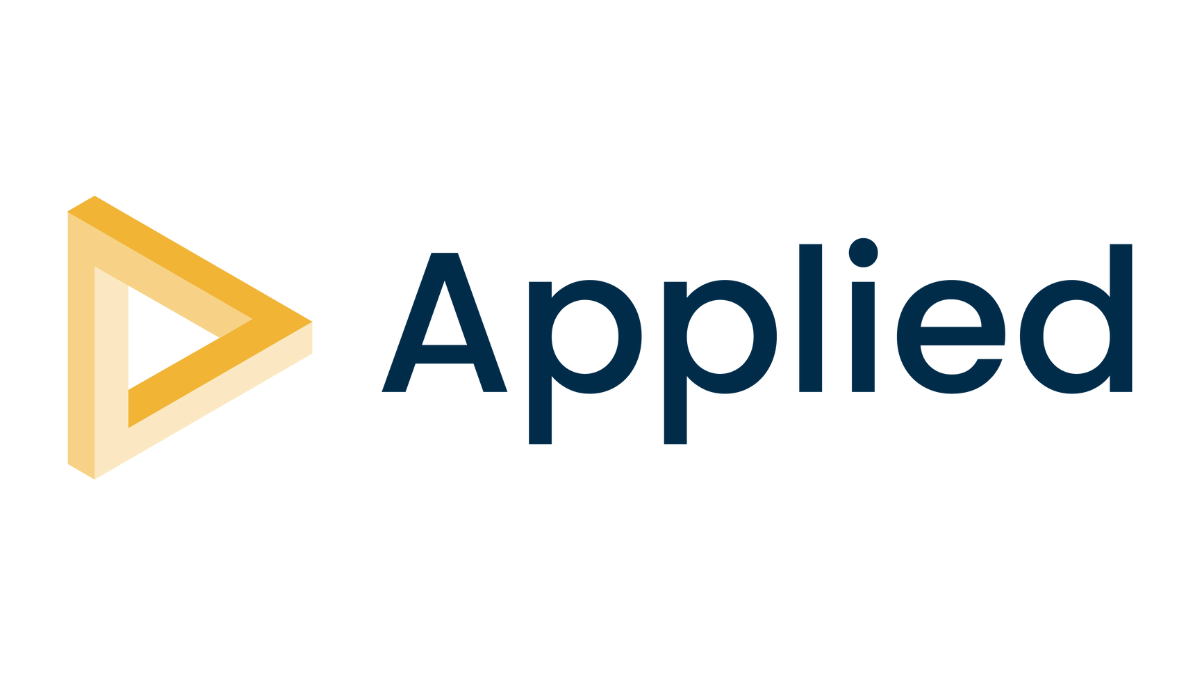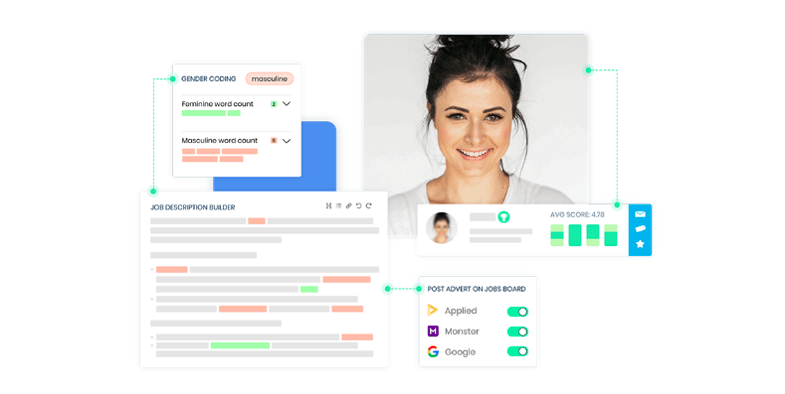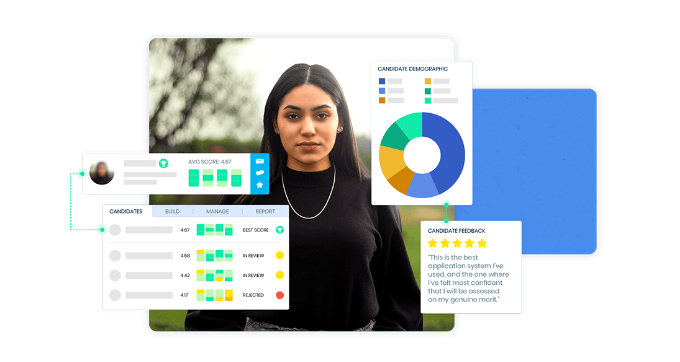Applied on building fairer hiring processes and boosting female tech talent

Women are severely underrepresented in the tech industry, especially at the top. In the UK, women make up just 17% of the tech workforce overall and hold just 5% of leadership positions. The outlook is even bleaker for ethnic minority women. It’s an issue that Applied’s CEO, Khyati Sundaram, is all too familiar with.
Khyati found herself looking for a new role when she was ten years into her career, with two Master's Degrees and roles at the likes of JP Morgan and RBS under her belt. She’d even founded an award-winning tech startup which employed ten people. Yet despite her array of achievements and high-level jobs, Khyati’s job hunt was far from straightforward. Khyati submitted over 100 job applications without getting so much as an interview. She was even told by one recruiter that she’d never be a good ‘fit’ for a C-suite role.
The issues Khyati faced - and countless other female candidates continue to face - start and end with the way companies hire.
Women are put at a disadvantage by every stage of traditional hiring processes: by gendered language on job adverts which deters female applicants, and by CV screening practices which penalise women with career gaps, for example. Plus, if recruitment AI trained on the existing (overwhelmingly male) picture of success is used, women are less likely to be put forward for roles; and more likely to be advertised jobs along gendered lines.
Khyati’s experience of hiring bias eventually led her to Applied, where she was hired by the company’s own ethical hiring technology. Within a year, she was promoted to CEO. A fair chance to succeed and showcase her skills was all that Khyati needed.
When all companies use anonymous, skills-based hiring processes to create equal opportunities, we can empower female tech talent everywhere to fulfil their potential.
Here’s how businesses can follow Applied in building fairer hiring processes:
1. Write inclusive job advertsOur research at Applied shows that the use of masculine-coded language on job adverts, such as ‘driven’ and ‘individual’, reduces the number of female applicants by up to 10%. Replacing these words with gender-neutral language can increase female applicants by up to 54%.
Excessive requirements on job descriptions can have the same effect since women tend to feel they must meet all the criteria listed in order to apply - unlike men. Education and experience are not reliable predictors of candidate performance in any case. Instead, list the core skills - the most accurate marker of success - needed for the job.
Tech can lend a hand on both counts. For example, the Applied platform uses ethically-trained AI to flag gendered language on job adverts and to identify the skills needed for specific roles.

2. Diversify candidate sourcing
Inclusive job descriptions are of limited use if they’re not advertised to diverse talent pools. So, don’t rely on referrals. But do advertise roles on a range of sites, and track which candidates came from where to ensure that job boards are helping - not hindering - efforts to diversify.
Be particularly vigilant if using AI-driven platforms to source candidates. Check the AI has been trained on ethical data sets and cleaned of bias which can disadvantage female tech talent.
To fill specific diversity gaps, specialist job boards (such as Women in Tech) can help. With 8 in 10 candidates prioritising companies that value DEI, using a job board like Applied’s means candidates can be sure that prospective employers are using ethical hiring processes. Companies should shout about DEI efforts on their own careers pages for the same reason.
3. Anonymise applications
Subconscious bias could see female applicants unfairly overlooked for roles on account of their gender. For this reason, it’s important to redact from CVs candidates’ names, gendered prefixes, email addresses and personal websites or LinkedIn accounts.
CVs could also disadvantage women if candidates’ employment histories become the focus. Individuals may have all the skills they need for a successful career in tech but lack previous experience simply because they haven’t been given a fair chance in the past. Our research at Applied shows that women are also more likely to be affected by “career gap stigma”.
To make CV screening as fair as possible, use a peer-review system and set criteria to keep the focus on candidates’ abilities. Criteria could look at what candidates have achieved in past roles, for example, rather than their previous job titles. Then, have three different people assess these criteria so that final scores average out individual biases.

4. Use skills-based assessments
In an ideal world, companies should use skills-based assessments instead of CV screening (this is how we hire at Applied), or at least alongside CVs.
Work sample questions, which are based on real work scenarios and designed to test whether candidates’ skills match those needed for specific roles, are one example. Other examples include cognitive ability tests, numerical aptitude tests and structured interviews (whereby every candidate is asked the same, situational questions in the same order).
Skills-based tests are three times more predictive of candidate performance than CVs. And when the true potential is measured, diverse talent shines through - female tech talent included.
The impact of fairer hiring for female tech talent
Applied’s approach to hiring proves that there’s no shortage of diverse female tech talent out there.
Women make up 58% of Applied’s team and 40% of the executive team.
More widely, companies that use Applied to hire see a 66% increase in the number of women hired for STEM roles. Applied’s research also shows that anonymous, skills-based hiring can crack open routes to highly skilled and more senior roles for female candidates. Applied’s approach sees 65% more women hired for graduate roles, and 70% more women enter senior positions.
So far, the mass of skills, talent and potential of women in tech has been largely untapped. By trailblazing a fairer, skills-based approach to hiring, Applied is helping to change that.